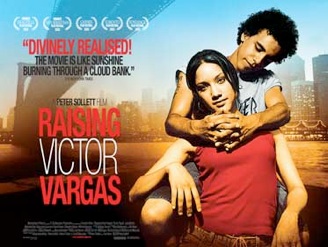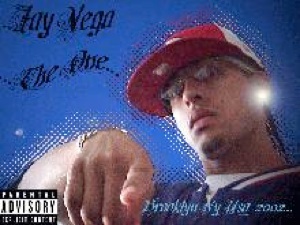Distinguishing Characteristics
As I wrote earlier, NYLE is characterized by a mix of African American English and local European American English with features from Spanish. For instance, as my collaborator Peter Slomanson discovered, one of the key features is an initial l that seems more Spanish than English. It is called a clear l, and it is pronounced with the tongue bunched more forward in the mouth than in other varieties of New York English. This feature will be described in our article, “Peer Group Identification and Variation in New York Latino English Laterals” in English World-Wide 52 (2) pp. 199-216 .
Listen to the two NYLE examples of the word "like" with a clear l and compare it to two non-NYLE speakers, one European American, one African American. The difference is subtle, but it can be made out:
-
•Clear NYLE 1 Dark NY European-American
-
•Clear NYLE 2 Dark NY African American
Other features include spirantized voiced stops /b/, /d/, and /g/, greater syllable timing, and elision of final coronal stops, /d/ and /t/even after vowels. These are discussed in a paper called Focusing and the Dialect Status of New York Latino English in the Journal of Sociolinguistics. Other features that are surely characteristic but have not been documented yet include specific intonational patterns borrowed from Spanish and also, at least sporadically shorter Voice Onset Times for stops. What this means is that a /k/, /t/, and /p/ may sound a bit more like a /g/ , /d/ and /b/ respectively, and /g/, /d/, and /b/ sound a bit softer.
Relationships with other forms of Latino English
Almost all recent research on Latino English in the US has been done in the Southwest, particularly California. NYLE differs in two respects from these forms. First, NYLE speakers come from a much wider variety of national heritages than Latinos in California. Puerto Rico, the Dominican Republic, Ecuador, Colombia, and Mexico are the five largest sources of immigration to New York (in that order)—and that is why the flags of those countries can be found at the top of this page—but all Latin American countries are represented, as they are here. By contrast, in the Southwest, Mexico dominates. A recent source on that variety is Carmen Fought's book Chicano English in Context (2003). Another way NYLE differs from its West Coast equivalents is the strong influence of African American English on NYLE. This phenomenon was first studied by Walt Wolfram (1974) in some research he did way back in 1968 and by Stuart Silverman (1975) a few years later. Believe it or not they are the last published studies on NYLE until Peter's and my paper.








